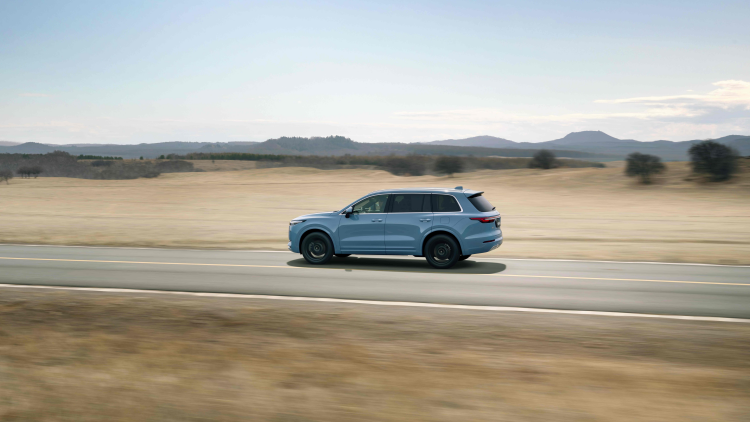As an owner of an extended-range electric vehicle, I am not anxious about charging during the National Day holiday. Every long holiday, we can see news about high-speed charging stations being overwhelmed. When driving my IDEAL ONE through crowded charging stations, I only have one thought in mind: leave the electricity to those who need it more.
Although we can refuel, we still need to take the National Day holiday travel plans seriously. For this reason, I have compiled 10 knowledge points that car owners are most interested in, making the journey more reassuring.
Which energy mode saves the most fuel during high-speed driving?
I believe this is the most concerned issue for everyone. My suggestion is to keep the remaining battery level above 70% before departure, choose the fuel priority mode, and adjust the working condition of the range extender to fuel economy. This is the most fuel-efficient way when driving on the highway.
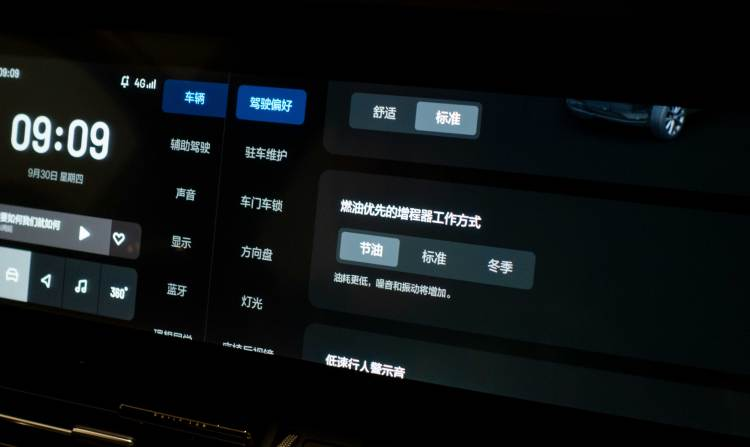
Fuel consumption during high-speed driving is closely related to vehicle speed. Based on my experience of driving a 2020 model at high speeds, when the battery level is around 70%, the fuel consumption at 100 km/h cruising is about 7 liters, 110 km/h cruising is about 8 liters, and 120 km/h cruising is about 9 liters. Everyone can drive according to the actual road conditions and personal driving habits.
Here I remind you that when using the auxiliary driving function, you must hold the steering wheel and always pay attention to the road ahead, and do not be careless.
Can the range extender generate electricity to recharge the battery during high-speed driving?
If your remaining battery level is low when you set off, you can recharge it during high-speed driving through the adaptive cruise control. According to my previous tests, cruising for 100 kilometers can recharge 10% of the battery capacity. The upper limit for recharging under the hybrid mode is a remaining battery capacity of 80%, and the upper limit for recharging under the fuel priority mode is 70%. Note that the overall fuel consumption level will rise by about 10% during the recharge process.
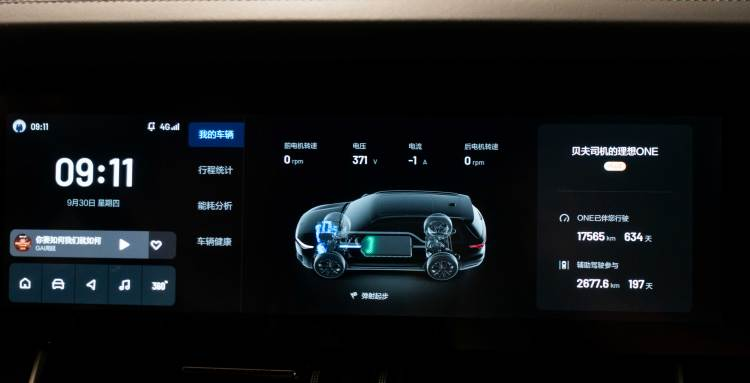
If you don’t want to recharge, it’s okay. For IDEAL ONE, driving with low battery levels (around 20%) will only result in a slight decrease in power, but it will not affect other aspects. As long as there is a place to refuel, you can rest assured.
Do you need to plan a charging route during the journey?
Of course not. Unless you need to charge at your destination, such as when your hotel has a charging station where you can replenish some electricity, there is really no need. When the cost of fast charging is 2 yuan per kWh, the usage cost is only slightly lower than the cost of refueling per kilometer. If time costs are taken into account, it may not necessarily be cost-effective. Therefore, I only recommend one situation for everyone to recharge during their journey, which is when there is a cheap fast charging station at the destination. Otherwise, it is not necessary.
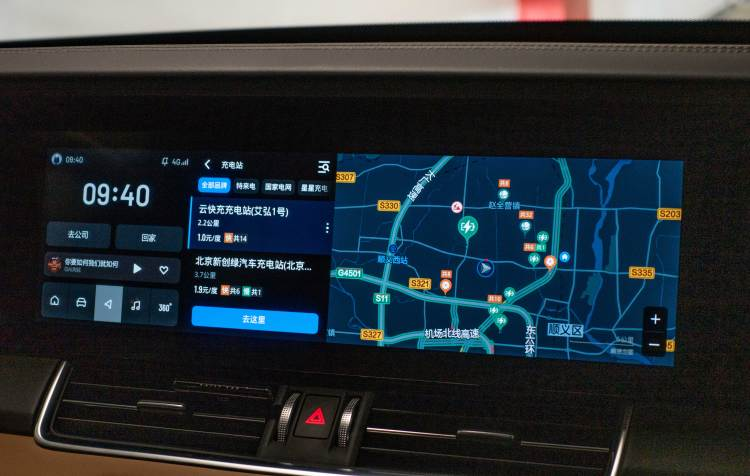
Which parts of the vehicle should be checked before departure?
- Tires
The main thing is to observe whether there are obvious scars, bulges or major damage affecting the belt line on the outer side of the tire. If there is, it is not recommended to drive with a damaged tire on the expressway. The ideal ONE has tire pressure monitoring, and the standard tire pressure is 2.5 bar, which can be viewed in the vehicle center card on the central control screen.
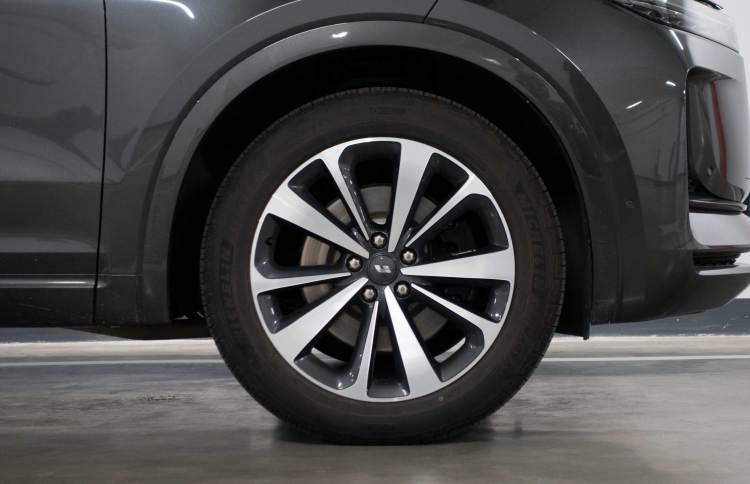
- Windshield Water
Before departure, you can add some windshield water appropriately. The location for adding windshield water is below the cover plate on the left hand side of the front engine compartment. The engine hood of the Ideal ONE use a two-stage locking buckle. To open the front hood, you need to continuously press the handle on the lower left side of the driver’s seat twice. When closing, gently press the position below the brand LOGO until you hear a “click” sound, confirming that the buckle is completely closed.
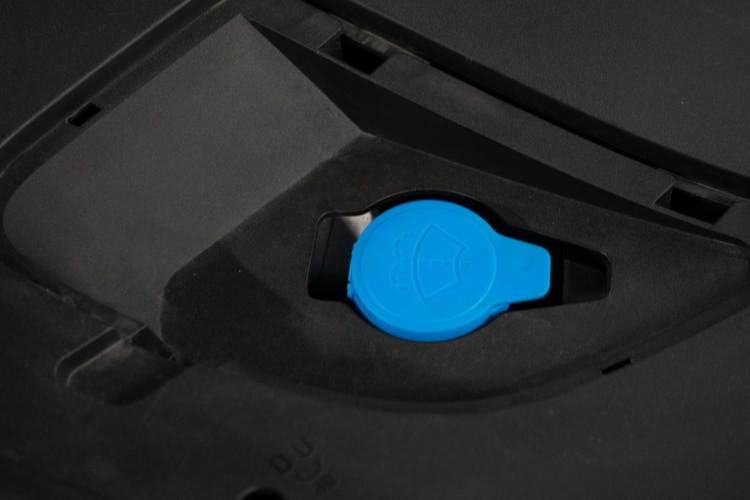
- Onboard Toolkit
In the trunk of the Ideal ONE, there are three types of tools that everyone should be familiar with. The first is an inflator, which can be used to replenish the air if the tire is slowly leaking due to a puncture, and you can then drive to a repair location for maintenance. The second is a triangle warning sign, which should be placed 150 meters away from the parking position when emergency stopping on the expressway, ensuring the safety of the vehicle and people. The third item is a reflective vest. When stopping on the expressway to place the warning sign or deal with vehicle problems for a long time, wearing the reflective vest is a must, especially at night. Before setting off, please make sure to open the trunk and check if these three tools are in good condition.
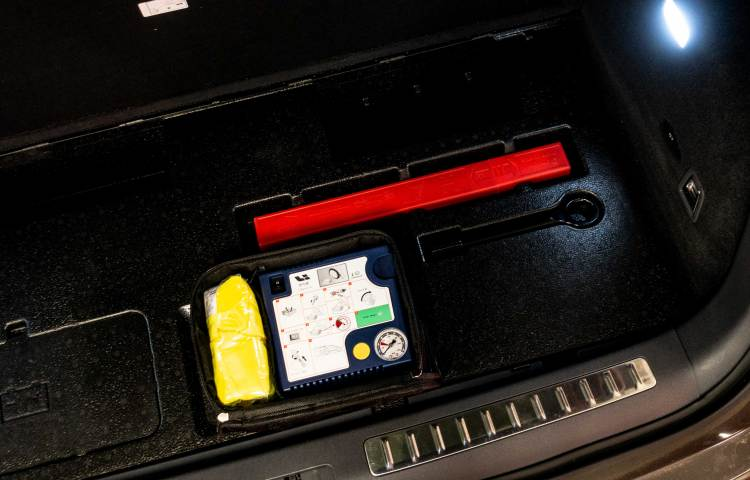
For long-distance driving on unpaved roads, should you change to AT tires?
It is recommended to replace the tires. The Ideal ONE is an urban SUV and comes equipped with four Michelin low-noise tires, which are also suitable for highways. If driving on short distances and light unpaved roads, you can use the original tires to drive. However, for long-distance driving on unpaved roads such as the Ali-North route, it is necessary to replace the AT tires (off-road tires) to ensure driving safety.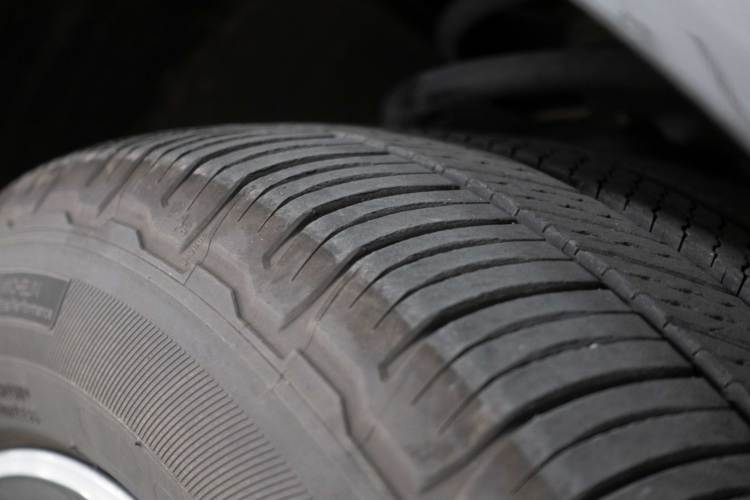
What to do if you encounter a tire blowout?
Encountering a tire blowout while driving is a low-probability event, but it is still highly dangerous. If the rear tire blows out, the safety factor is relatively high. Control the vehicle, turn on the hazard lights, and pull over to the side of the road. If the front tire blows out, which is the steering wheel, it will be relatively dangerous. Do not instinctively slam on the brakes. Instead, grip the steering wheel tightly, control the vehicle, and use the braking system sparingly to slow down. If it happens on the highway, after stopping the vehicle on the side of the road, remember to place a warning sign at least 150 meters away and wait for rescue outside the highway barrier.
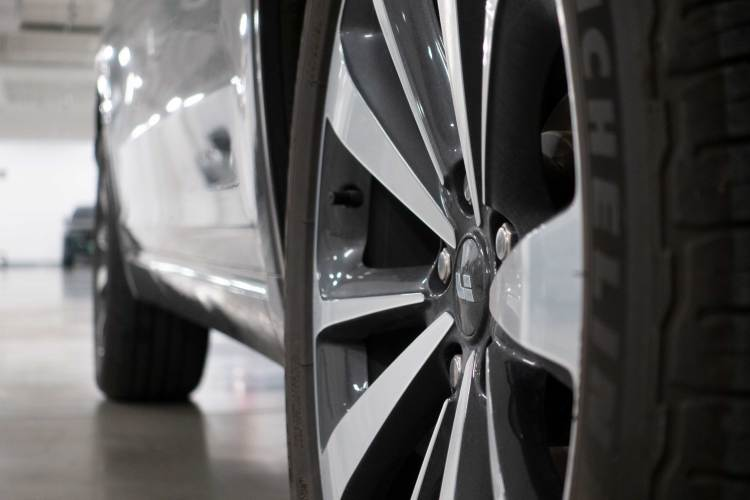
Is there a fee for high-speed towing service?
During the warranty period of the entire vehicle, Ideal Auto provides free road rescue services for all vehicles. However, non-road administration tow trucks cannot enter the highway. If a towing situation occurs, it must be handled by a road administration tow truck to tow the vehicle to the nearest toll station for Ideal to provide free towing services.
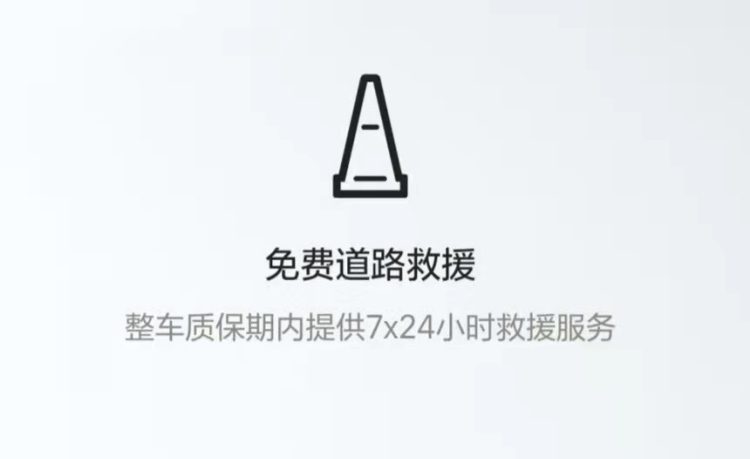
You don’t have to worry, after choosing Ideal’s free road rescue service, Ideal Auto can reimburse you for the towing fee generated by the road administration tow truck (note that if the road administration tow truck tows the vehicle to the high-speed exit and the owner does not choose Ideal’s road rescue service, the cost of the road administration tow truck cannot be reimbursed. Please remember to mail the reimbursement materials to the designated address within 30 calendar days after the accident occurs. For specific procedures, please consult Ideal’s customer service).
What are the ways to quickly find Ideal’s customer service?
- Let Ideal Companion call for you
If you need to communicate with customer service on a trip, you can wake up Ideal Companion and say “call customer service” as long as the Bluetooth phone is connected.
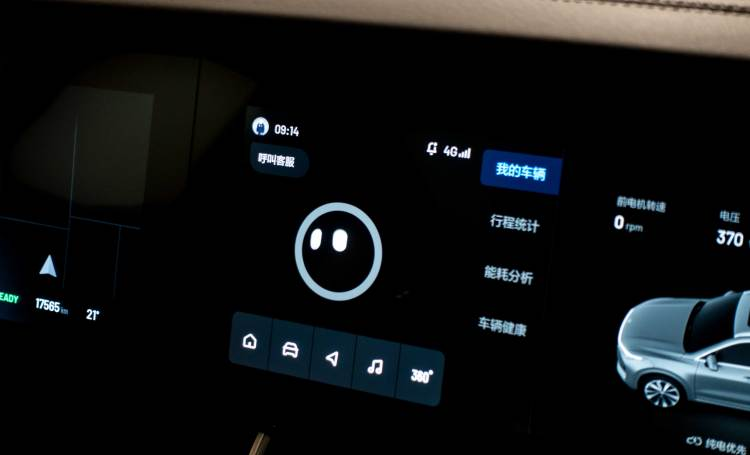
- Dial 400-686-0900 on your phone
Please save Ideal Auto’s customer service hotline 400-686-0900 to your phone book for easy access when needed.
- Ideal Auto App [Service] function entranceIn the Ideal Car App 5.6.0 version, the entrance to the “Services” feature has been moved to the vehicle control page. For detailed information, please click Ideal Car App “Services” Entrance Update.
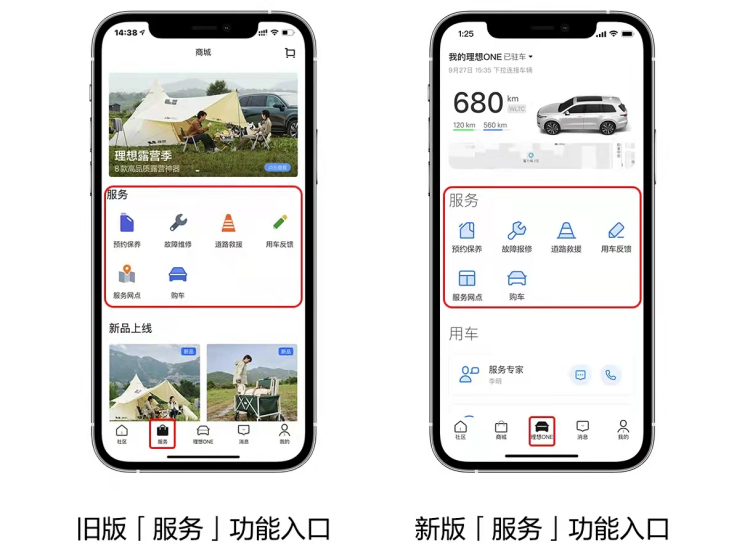
Can I go for maintenance at my destination if I drive a long distance during the holidays?
Ideal Car’s maintenance centers across the country can provide maintenance services for car owners. If it happens that maintenance is required during the journey, car owners can make an appointment for maintenance in advance through the Ideal Car App based on mileage, and keep their vehicles in the best condition.
What should I do if I encounter bad weather?
According to the forecast from the China Meteorological Administration, during the holiday period, there will be heavy rainfall in Sichuan, Northwest, North China, Huanghuai, and Northeast China; Jiangnan and South China will continue to experience high temperatures and little rainfall; there will be a moderate intensity cold air process in the north, and temperatures will be significantly lower in the northern part of Xinjiang; there is no persistent fog and haze weather on a large scale; and there may be typhoons affecting the South China coast and the South China Sea in the later period of the holiday.
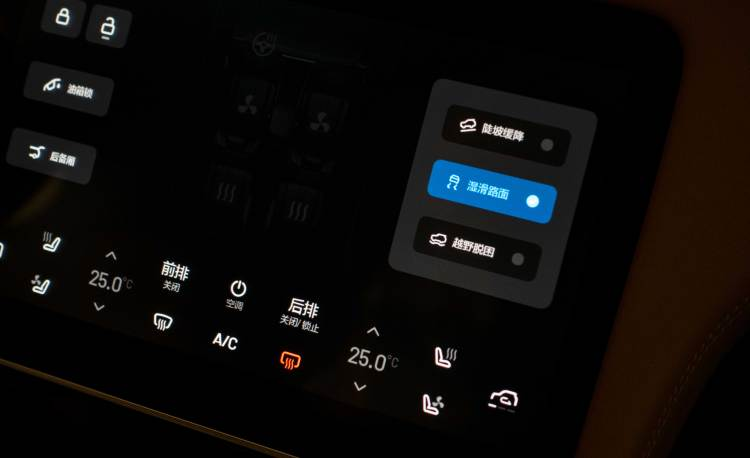
For car owners from areas with strong rainfall, they can enable the “Wet and Slippery Road” mode to ensure the stability of their vehicles during rainy conditions. The Ideal ONE’s rearview mirror heating function and window defogging function are synchronized, and the function switch is located in the lower right corner of the air conditioning screen. Car owners can also say “Turn on the rear window defogging” to execute the function with the Ideal AI assistant.
The above are some of the precautions for the National Day holiday travel. Finally, I would like to remind everyone to bring some cash when going out, carry a physical key, avoid driving while tired, and make sure all passengers fasten their seat belts. I wish all Ideal car owners a safe journey and a happy holiday!
This article is a translation by ChatGPT of a Chinese report from 42HOW. If you have any questions about it, please email bd@42how.com.
